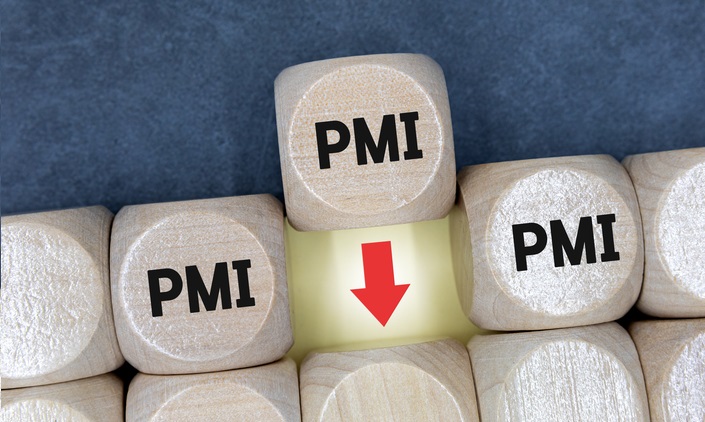The Canadian dollar fell marginally, after the S&P Global Canada Manufacturing PMI fell to 48.8 in June of 2023 from 49 in the previous month, marking the third month of contraction.
It should be noted that since the start of the year and tracking the bearish momentum in the Americas and Europe as high borrowing costs continue to hamper economic activity.
The Index (PMI) measures the activity level of purchasing managers in the services sector. A reading above 50 indicates expansion in the manufacturing sector; a reading below 50 indicates contraction.
Output continued to fall amid a depleted backlog of work and the lack of new orders, with surveyors stating that high interest rates and an uncertain economic outlook drove customers to postpone purchasing decisions.
On a brighter note, the lack of demand for new input materials eased pressure on supply chain bottlenecks faced by vendors, driving input prices to only increase modestly. Output charges also rose to a smaller extent, with their growth remaining below averages from 2021 and 2022.
In the meantime, workforce numbers edged lower. Looking forward, Canadian businesses remained confident that the economy will recover and that past investments will reap bring rewards.
The Royal Bank of Canada (RBC) has made comments regarding the Bank of Canada’s (BoC) upcoming policy decisions, stating that recent economic data supports a rate hike in July.
RBC emphasizes that recent economic data is consistent with a rate hike by the Bank of Canada in July. The bank highlights that the main concerns of the Bank of Canada revolve around inflation and whether enough has been done to bring it back to the 2% target.
The factors driving these concerns include excess demand, core inflation, and the housing market. RBC believes that a rate hike in July is both likely and necessary and argues that the market is currently under-pricing the possibility of a rate hike.




